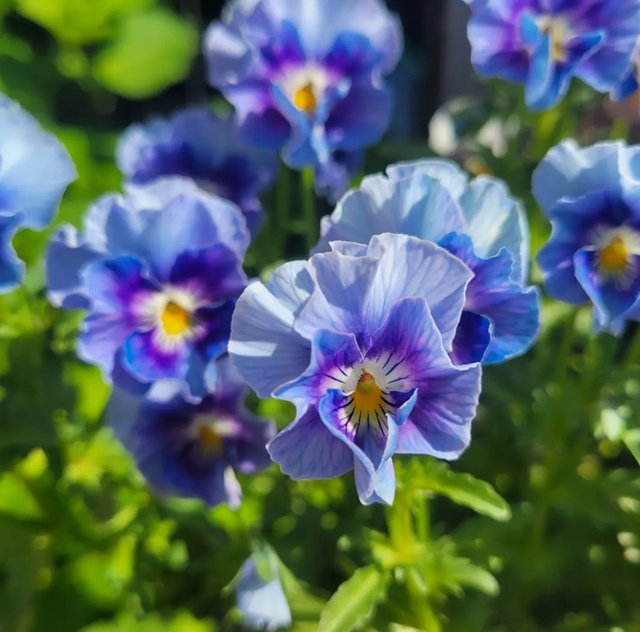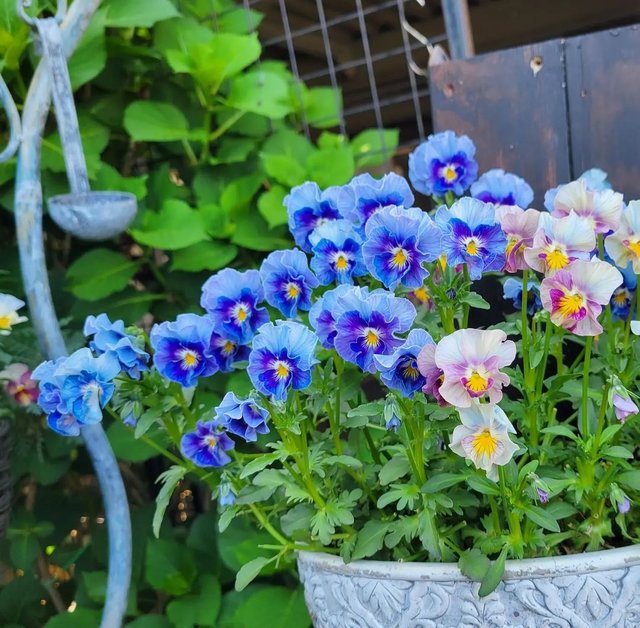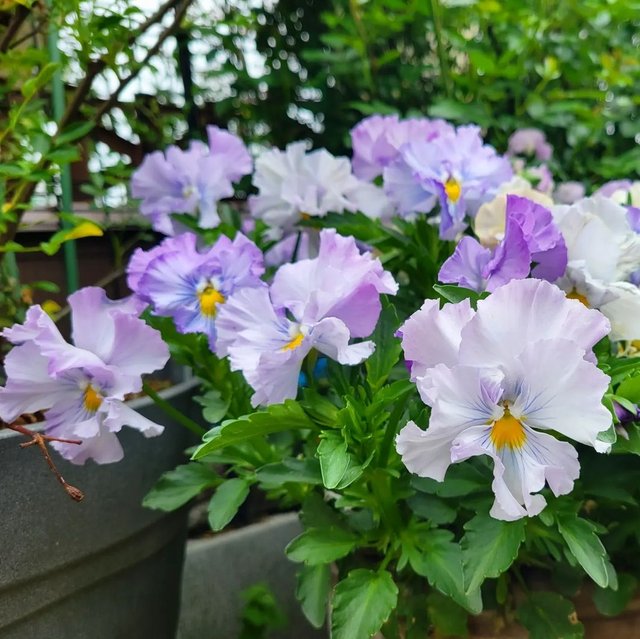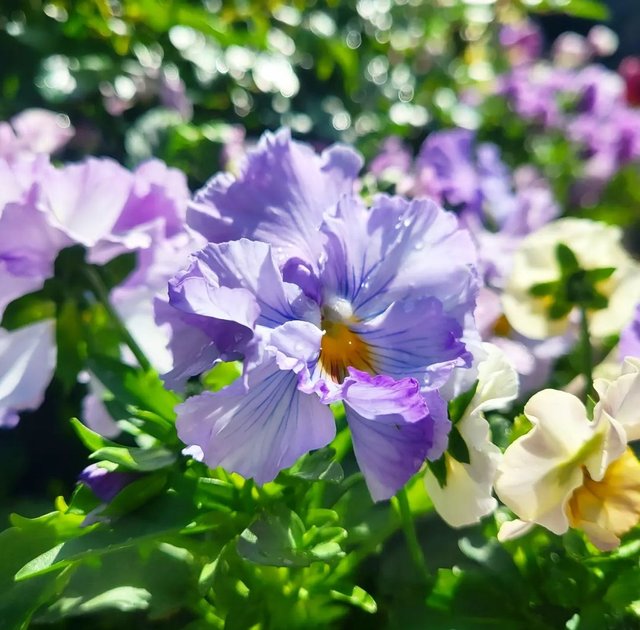Beauty of the Fringed Pansy Flower




In the world of flora, where every petal tells a story and every bloom whispers secrets of nature's artistry, the Fringed Pansy stands as a delicate masterpiece. With its intricate layers of petals and vibrant hues, this flower captivates hearts and minds alike, weaving tales of beauty and resilience.Native to the lush landscapes of Europe and Asia, the Fringed Pansy, scientifically known as Viola Cornuta, has long been revered for its ethereal charm. Its name, derived from the French word "pensée" meaning "thought," reflects the flower's association with remembrance and reflection. In Victorian times, the Fringed Pansy was often exchanged between lovers as a symbol of tender thoughts and affection, its petals serving as messengers of heartfelt sentiments.
What sets the Fringed Pansy apart is its distinctive fringed petals, which give the flower an enchanting allure. Each delicate fringe is like a stroke of an artist's brush, adding depth and texture to the bloom. The vibrant color palette of the Fringed Pansy ranges from rich purples and velvety blues to soft pinks and sunny yellows, painting gardens with a tapestry of hues.Despite its dainty appearance, the Fringed Pansy is a resilient plant, capable of thriving in a variety of conditions. From rocky hillsides to woodland meadows, this adaptable flower finds its place in diverse ecosystems, a testament to nature's ingenuity and resilience.
Beyond its botanical beauty, the Fringed Pansy holds cultural significance in various traditions around the world. In the language of flowers, it symbolizes admiration, loyalty, and enduring love, making it a popular choice for wedding bouquets and romantic gestures.In folklore and mythology, the Fringed Pansy often appears as a symbol of transformation and renewal. In Celtic lore, it is associated with the faeries, who are said to be drawn to its delicate blooms, while in Japanese culture, it is revered for its connection to the changing seasons and the ephemeral beauty of life.